How Do Runway Conflict Alert Systems Work?
Simple Flying
JANUARY 4, 2025
A year ago, Japan Airlines flight 516, a domestic flight from Sapporo to Tokyo , was on its final approach to the capitals Haneda airport shortly after sunset.
This site uses cookies to improve your experience. To help us insure we adhere to various privacy regulations, please select your country/region of residence. If you do not select a country, we will assume you are from the United States. Select your Cookie Settings or view our Privacy Policy and Terms of Use.
Cookies and similar technologies are used on this website for proper function of the website, for tracking performance analytics and for marketing purposes. We and some of our third-party providers may use cookie data for various purposes. Please review the cookie settings below and choose your preference.
Used for the proper function of the website
Used for monitoring website traffic and interactions
Cookies and similar technologies are used on this website for proper function of the website, for tracking performance analytics and for marketing purposes. We and some of our third-party providers may use cookie data for various purposes. Please review the cookie settings below and choose your preference.

Simple Flying
JANUARY 4, 2025
A year ago, Japan Airlines flight 516, a domestic flight from Sapporo to Tokyo , was on its final approach to the capitals Haneda airport shortly after sunset.
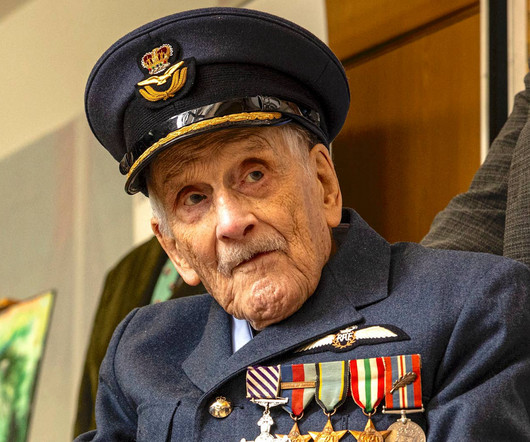
AV Web
MARCH 19, 2025
The National Transportation Safety Board (NTSB) has posted its Preliminary Report on the runway incursion and near-collision involving a Flexjet Challenger 350 and a Southwest Airlines Boeing 737-800 at Chicago Midway Airport (KMDW). Further confusing the issue, what used to be Runway 31R is now Taxiway H, so there is no longer a Runway 31R.
This site is protected by reCAPTCHA and the Google Privacy Policy and Terms of Service apply.

AV Web
OCTOBER 24, 2024
According to FAA audio recordings, the King Air crew contacted the local controller to report their approach on a 6-mile final for runway 33. The King Air was on a 2-mile final approach to runway 33, while the American flight was directed to hold short of runway 1, waiting for another aircraft to clear the runway.
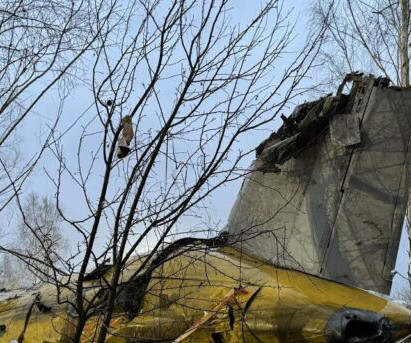
Fear of Landing
DECEMBER 13, 2024
On the 25th of November 2024, a Boeing 737-400 crashed on final approach to Vilnius airport with one fatality. The airport has a single north-south asphalt runway (01/19) of 2,515 metres (8,250 feet). The runway elevation is 646 feet above mean sea level. Screenshot from ADSB Exchange; click for detail.
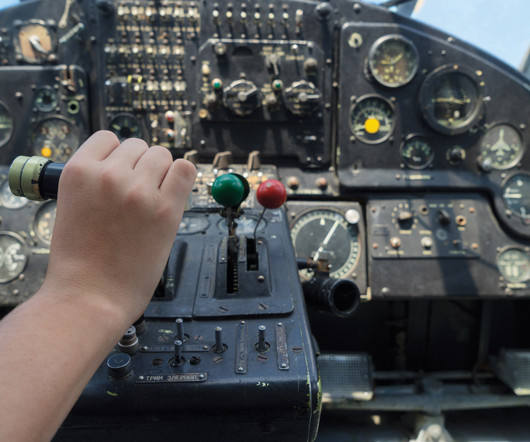
Plane and Pilot
FEBRUARY 28, 2025
To cope with these challenges, airline glass flight decks contain a vertical navigation function (VNAV) that keeps the autopilot, and the crew, on the right path to arrive at the final approach fix, or downwind leg, at speed and on altitude. A towered airport with an approach control can make this quite easy. When to Start Down?
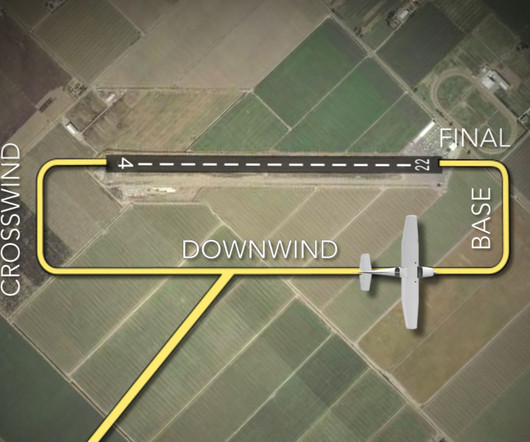
Flight Training Central
MAY 28, 2024
The numbers 4 and 22 on the approach ends of the runway indicate that the runway is orientated approximately 004° and 022° true. If the wind is as shown by the landing direction indicator, the pilot should land on Runway 9 and expect a crosswind from the right. Runway 31 directly into the wind. 040° and 220° true.

iPad Pilot News
MARCH 11, 2025
These alerts include runway proximity, traffic, cabin altitude, destination weather, terrain, airspace and TFRs, carbon monoxide and more. RUNWAY ALERTS Runways – Alerts when nearing or entering a runway. An audible alert plays the message Traffic on Runway and specifies the runway number and airport.
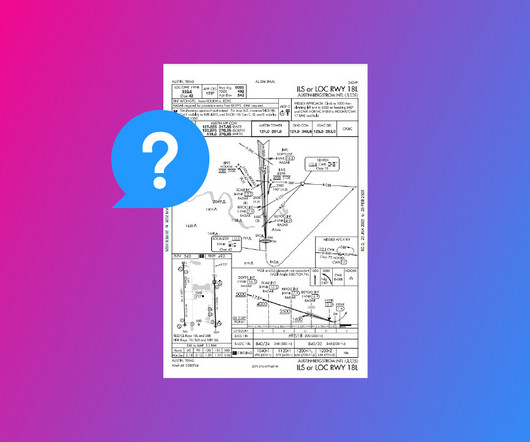
Pilot Institute
FEBRUARY 22, 2025
Approach minima. Requirements and restrictions for the approach. Airport information, such as the length of the runway and the approach lighting pattern. As a pilot flying this approach, you need to know where to look for the right information at the right time. Communication and navigational radio frequencies.

Air Facts
MAY 10, 2024
If you depart MDA on the downwind or base leg, you’re on your own as far as obstacle clearance. What is the runway lighting? Only accurate within 10 degrees of runway heading). Consider the following as a proactive technique: “The pilot who sees the runway in the turn, should be the pilot who flies the approach.

Pilot Institute
OCTOBER 17, 2024
They are the Visual Approach Slope Indicator and Precision Approach Path Indicator. These systems are designed to help you stay on the correct glide path as you approach the runway. VASI and PAPI each have their own approach. nautical miles from the runway threshold.

Pilot Institute
FEBRUARY 15, 2025
How do the approaches differ from each other? Type of Guidance Instrument approaches offer two types of navigational guidance. Lateral guidance tells you to go left or right to align yourself with the runway. Vertical guidance lets you know youre too high or too low on your approach path. Thats up to you!
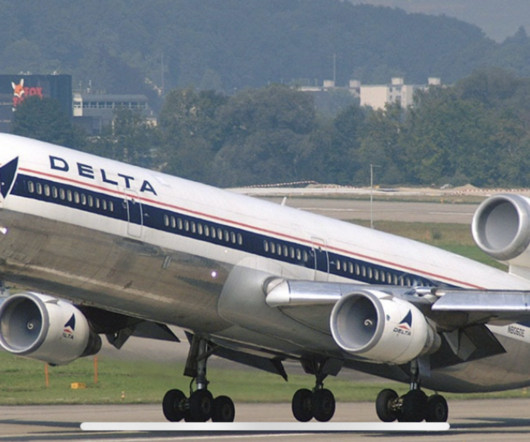
Air Facts
MAY 20, 2024
The Captain determined that I would be the pilot flying our MD-11 home that night After takeoff, we settled into our normal routine getting the oceanic clearance from Tokyo and heading out over the Pacific at 34,000 feet. This would work great for me as I would get the highly desired middle break during our 10 hour flight home.
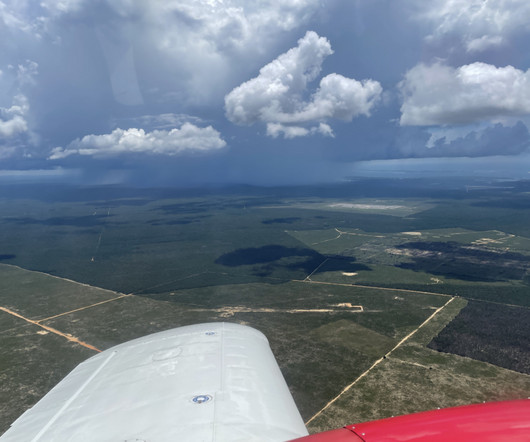
Flight Training Central
FEBRUARY 29, 2024
Gone are the days of making an educated guess on a route, only to have ATC respond with a full route clearance with intersections and airways. It now takes only a moment in ForeFlight, Garmin Pilot or FltPlan.com to enter a departure and destination airport and then see recently issued clearances to other aircraft flying the same route.
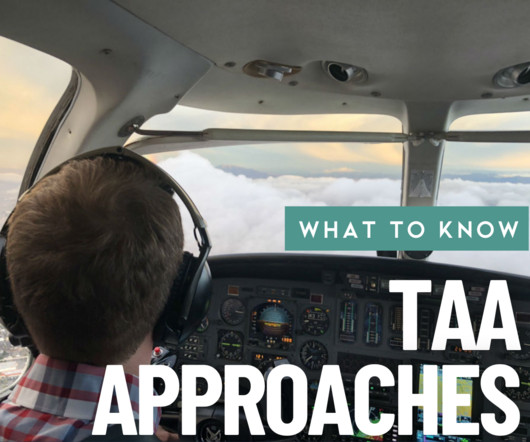
Flight Training Central
OCTOBER 28, 2024
But TAA approaches may be modified from the standard size and shape to accommodate operational, or ATC requirements. An example of the Basic T designed can be found on the RNAV (GPS) Runway 2 approach to the Columbia Regional Airport (KCOU) in Columbia, Missouri. A hold-in-lieu-of procedure turn is located at IF/IAF, ULUFA.

Charles Ryan's Flying Adventure
AUGUST 2, 2024
The airpoort has 4 runways: 09/27, 10/28 , 11L/29R and 11R/29L. It's not easy to arrive early at Mumbai due to the heavy traffic and also the airport operates a single runway for both departure and landing. Pushing back The taxi ride to the runway didn't take long. Just a few more mins to the runway. Almost there!
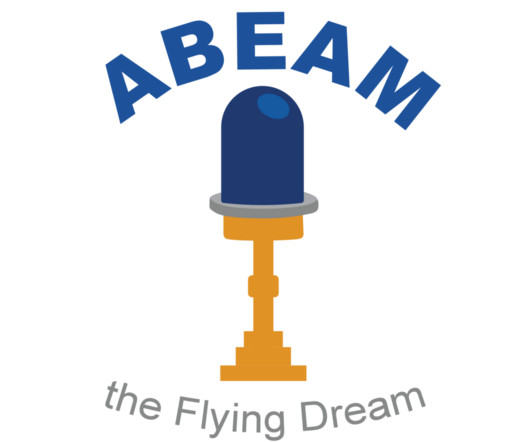
ABEAM
JULY 5, 2024
After the necessary paperwork issues, we took off from runway 34R at Hurghada and got cleared to the right over the Red Sea. In Kuwait, we were told to expect the ILS of runway 33R approach, but when getting near to the ILS, Approach kept us high and even vectored us through the final approach course.

Pilot Institute
DECEMBER 19, 2024
Runway incursions are caused by lapses in awareness and communication. Follow procedures when requesting an SVFR clearance or departing a non-towered airport. Its key elements include: Upwind leg: After takeoff, you fly straight out, climbing away from the runway. Determining the Active Runway Where is the active runway based?
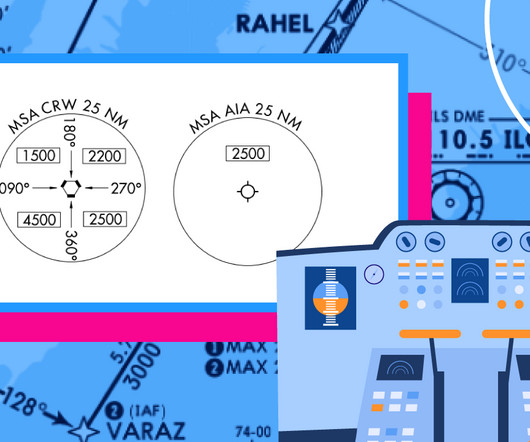
Pilot Institute
MAY 1, 2024
There are two primary providers for approach plates: the FAA and Jeppesen. The heading contains the city, state, airport, runway, and approach name. An approach plate has four main sections: Pilot briefing information. Final approach course. Approach notes. Missed approach procedures.
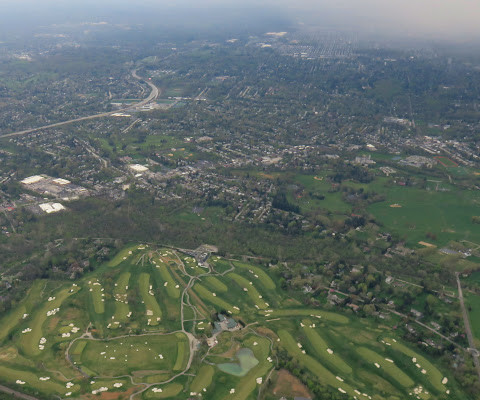
Photographic Logbook
APRIL 19, 2024
But a wall of haze ahead did not bode well for the arrival to Northeast Philadelphia and the airport ATIS (automatic terminal information service) indicated that arrivals were using the RNAV instrument approach procedure to runway 6. I intercepted the approach course and after a few moments, reached the final approach fix at JUNIA.

Photographic Logbook
JULY 9, 2024
Exactly like NYC, downtown Boston is encircled by restrictive Class Bravo airspace down to the surface that requires explicit clearance to enter. Boston Skyways -- a Boston Logan Tower frequency dedicated to city tour traffic -- will set restrictions for pilots based on which runways are in active use at Logan. I was a little nervous.
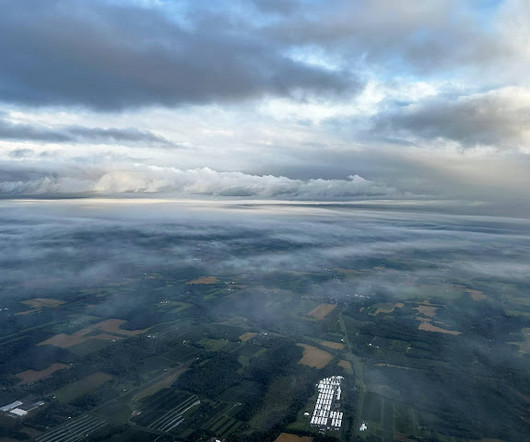
Photographic Logbook
SEPTEMBER 24, 2023
We departed Sodus VFR and contacted Rochester Approach for our instrument clearance. As we maneuvered for the approach, we passed through an invisible rain shower in the darkness of sufficient vigor that the sound of rain ticking on the windshield penetrated our headsets. All went according to plan. Ground team!

Photographic Logbook
JULY 11, 2024
We made an IFR departure that morning on runway 16 and climbed above the ceiling in short order. But I accepted the clearance knowing that I could change it with a local Approach control like Syracuse. This was not a good setup to manage an approach down to minimums. Sometimes I have good luck switching to runway 10." "If

ABEAM
SEPTEMBER 9, 2023
We took off from runway 25 (via backtrack) southbound IFR to Shefferville via DIRECT. At Shefferville , the weather was really bad in rain and landed via the RNP runway 17… the airport was completely empty ! ATC assigned runway 18 and landed. Climb 16’000ft on runway heading 36, squawk 6230 USA here we come !
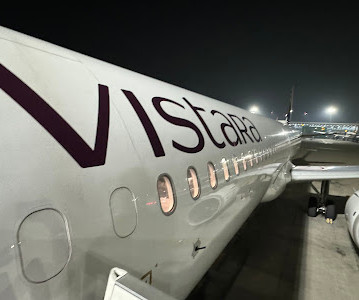
Charles Ryan's Flying Adventure
OCTOBER 15, 2024
There was a bit of queue waiting for clearance to enter the terminal. In my head - It's time for me to go home and that's it), before finally given me the clearance to leave the country. Window view photos (Take Off to Landing) We waited for clearance to push back. On final approach onto runway 20R.

Photographic Logbook
JULY 7, 2024
So far, everything had gone smoothly for us and, before long, I had my instrument clearance to Beverly, an assigned departure runway (02 with an intersection departure at taxiway Alpha), and a taxi route. Beverly Tower was busy with a pattern full of students all practicing their landings on runway 27.
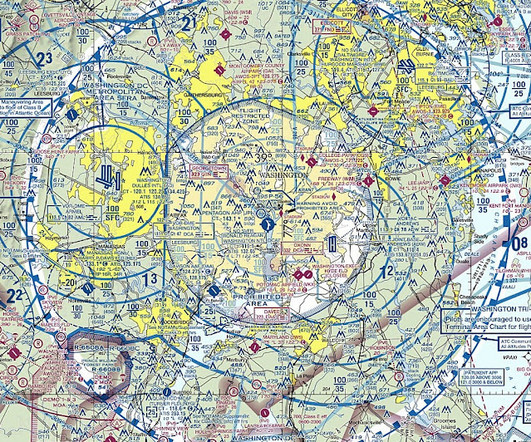
Photographic Logbook
OCTOBER 10, 2023
When I contacted Rochester Approach, the controller came back with, "Are you looking for your clearance to College Park?" I answered in the affirmative, received my clearance, and was given a climb to 6,000 feet as the rain streaked over my windscreen. Shouldn't he have my full clearance? Welcome to College Park!"
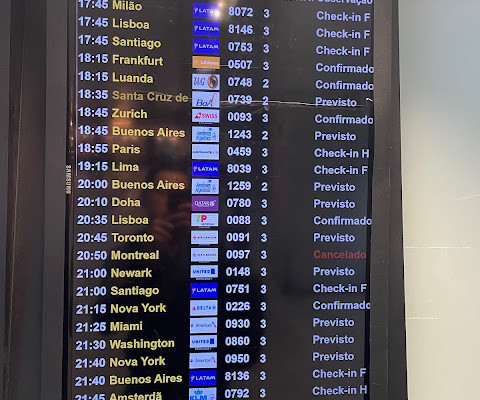
Charles Ryan's Flying Adventure
SEPTEMBER 29, 2023
We waited for another 10 minutes before finally given the clearance to board the aircraft, I wonder what was the cause of the delay. Window shot photos (From Take-Off to Landing) It took a while to reach the runway. At this point, we were on final approach to runway 31L. We landed smoothly on runway 31L.
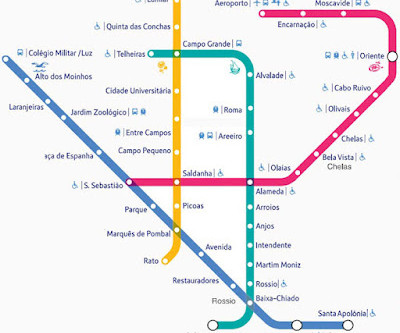
Charles Ryan's Flying Adventure
MARCH 28, 2024
About 40 minutes on the aircraft, we were finally on our way, no updates from the Captain until later part of the flight. While taxing to the runway, it started raining and off we went! Once we reached the runway, it started pouring. Below) We were on final approach to runway 27L. Can you spot the Eye?
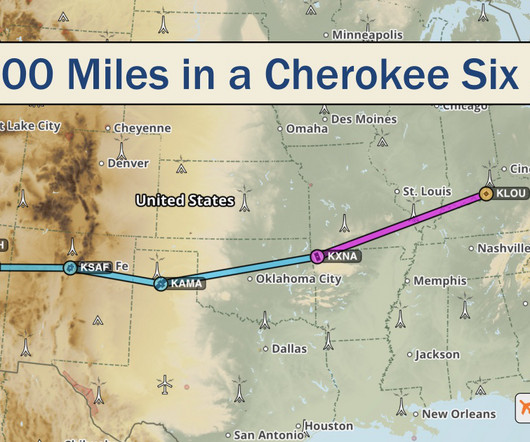
AeroSavvy
AUGUST 20, 2021
After 50 minutes, we were taxiing to the runway. Planning Pays Off Our takeoff from Santa Fe’s runway 02 went exactly as planned. We noticed the anticipated slower-than-normal acceleration; with liftoff 2,500 feet down the 8,300 foot runway. Our initial climb rate was 500-600 feet/minute.

Photographic Logbook
JULY 21, 2024
The New York Approach controller responsible for radar services to Orange County did not really want to talk to any of us that morning and seemed pleased to drop us once we were close enough to our destination. While we were approaching the Orange County Airport, a student launched in a Cessna from runway 22.

Photographic Logbook
OCTOBER 11, 2024
Off Sodus, I briefly leveled at 2,500 feet to remain visual until I received my instrument clearance from Rochester Approach. Fortunately, the clearance was a simple one that morning because I was absurdly tongue tied while talking to Rochester. Moments before turning final for runway 21 at Put-In-Bay.
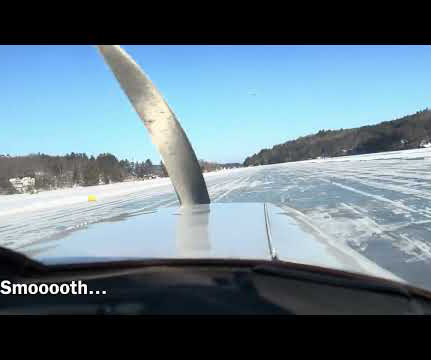
Photographic Logbook
JANUARY 25, 2025
When bay ice consistently thickens to over 12 inches, a team of dedicated volunteers collaborates with the New Hampshire Department of Transportation to open the Alton Bay Ice Runway. Over the years, its coveted status as the only FAA-authorized ice runway in the continental United States has endeared it to aviators seeking novelty.

Professional Pilot
AUGUST 8, 2024
Challenger 604, G-IV Contributing Writer Pilatus PC-12 on approach at ORL. Air traffic control instructions often lead to unstable approaches. The request to make a short approach or maintain a higher-than-normal speed to the final approach fix is the most common reason pilots don’t meet stable approach criteria.

Plane and Pilot
AUGUST 8, 2024
It seemed to continue this way until we finally rolled onto the runway and got to the good part. Enter left downwind Runway 18, report midfield.” ATC needs to know if you heard and understood the instructions correctly, so you need to “read back” what was said: “Enter left downwind Runway 18, report midfield, Cessna 12345.”
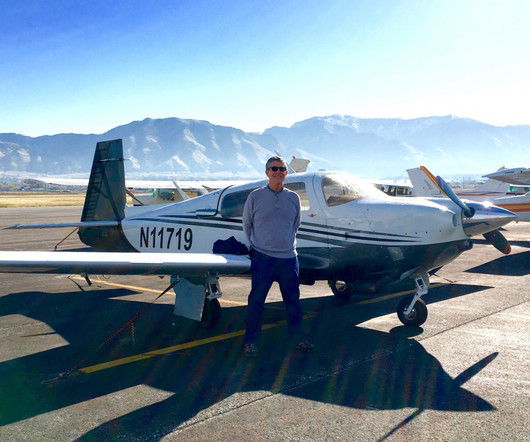
Air Facts
APRIL 29, 2024
This necessitated slowing the airplane down to leave the vertical space to descend another 2,000’ to reach the initial approach fix (IAF) at 2,000′ I requested a descent to the IAF altitude of 2,000’ but was only cleared to 3,000’. I would then level off, slow down, dirty up, run a tight circle to land on the opposing runway.

Photographic Logbook
AUGUST 5, 2023
A ragged cloud layer hung low over the Williamson Sodus Airport, but we climbed VFR through sizable gaps over Lake Ontario before turning on course above the clouds and picking up our IFR clearance with Rochester Approach. We landed in calm air, rolled to the end of the runway, and parked at the fuel pump.

Plane and Pilot
AUGUST 8, 2024
It seemed to continue this way until we finally rolled onto the runway and got to the good part. Enter left downwind Runway 18, report midfield.” ATC needs to know if you heard and understood the instructions correctly, so you need to “read back” what was said: “Enter left downwind Runway 18, report midfield, Cessna 12345.”
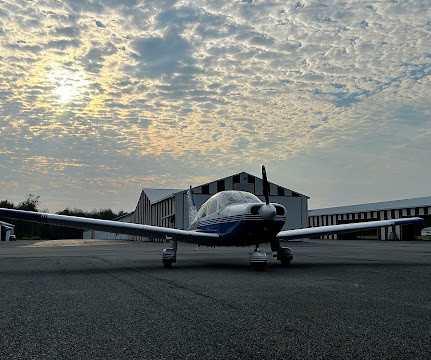
Photographic Logbook
AUGUST 20, 2023
The sun was setting as I sped down Oakland County International's runway 27L and took to a sky suffused with a ruddy evening glow. Because of trees encroaching on the final approach courses, nighttime instrument procedures are no longer authorized at my airport.

Photographic Logbook
AUGUST 3, 2024
We departed from Sodus VFR, picked up our IFR clearances in the air, and proceeded direct to St Clair County Airport (KPHN) just on the Michigan side of the border with Canada. I have flown into Mackinac Island a few times over the years, but this was the first time an easterly wind prevailed that favored runway 8 over runway 26.
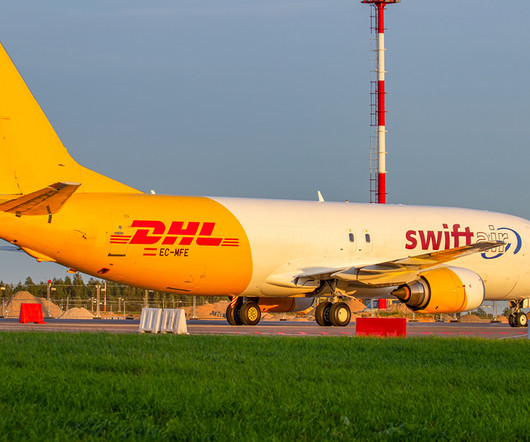
Aerotime
NOVEMBER 25, 2024
2024, a Boeing 737-400 freighter operated by Swift Air of Spain on behalf of global logistics giant DHL crashed on final approach into Vilnius Airport (VNO) in Lithuania, the aircraft’s intended destination. However, while ATC had transmitted a landing clearance to the crew of BCS18D, no meaningful response was received.
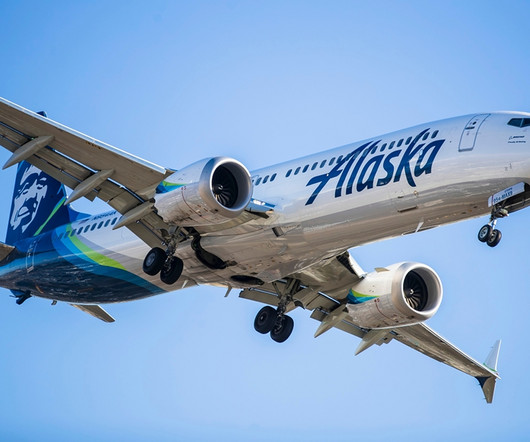
Aerotime
DECEMBER 27, 2024
On January 2, 2024, a Japan Airlines (JAL) Airbus A350-900 operating a flight from Sapporo to Tokyo collided with a Japan Coast Guard DHC-8-300 on the runway at Tokyo-Haneda Airport (HND). The Fokker 50 went off the runway and subsequently collided with a house. By this point, the DHC-8 was already alight from the initial impact.
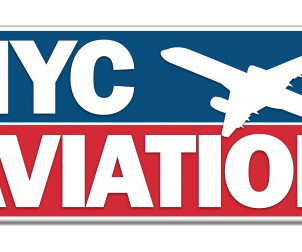
NYC Aviation
JUNE 17, 2020
Abeam – Describes the positioning of an aircraft directly across from or over a navigation aid or runway. A continuous broadcast of weather, active runways, and other important information like NOTAMs (see below). EDCT – Expected Departure Clearance Time. AFFF – Aqueous Film-Forming Foam.

Pilot's Life Blog
JANUARY 5, 2025
Learning how to land a Piper Seminole means becoming comfortable with these avionics, which help guide the aircraft through the landing procedure, ensuring optimal approach speeds and alignment with the runway. The aircrafts landing gear is retractable, which must be extended during the final approach.
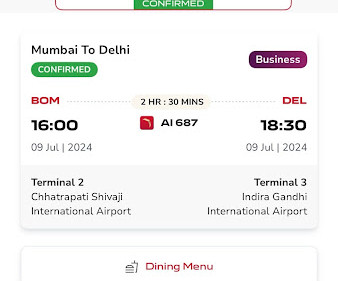
Charles Ryan's Flying Adventure
JULY 22, 2024
The airport mayhave 2 runways (runway 14/32 and runway 09/27) but only one runway is in operation (09/27) and if this runway is in maintenance, the other runway will be in used. Once we reached runway 27, we departed just minutes after our schedule departure time. Let's check what movies are there.
Expert insights. Personalized for you.
We have resent the email to
Are you sure you want to cancel your subscriptions?


Let's personalize your content